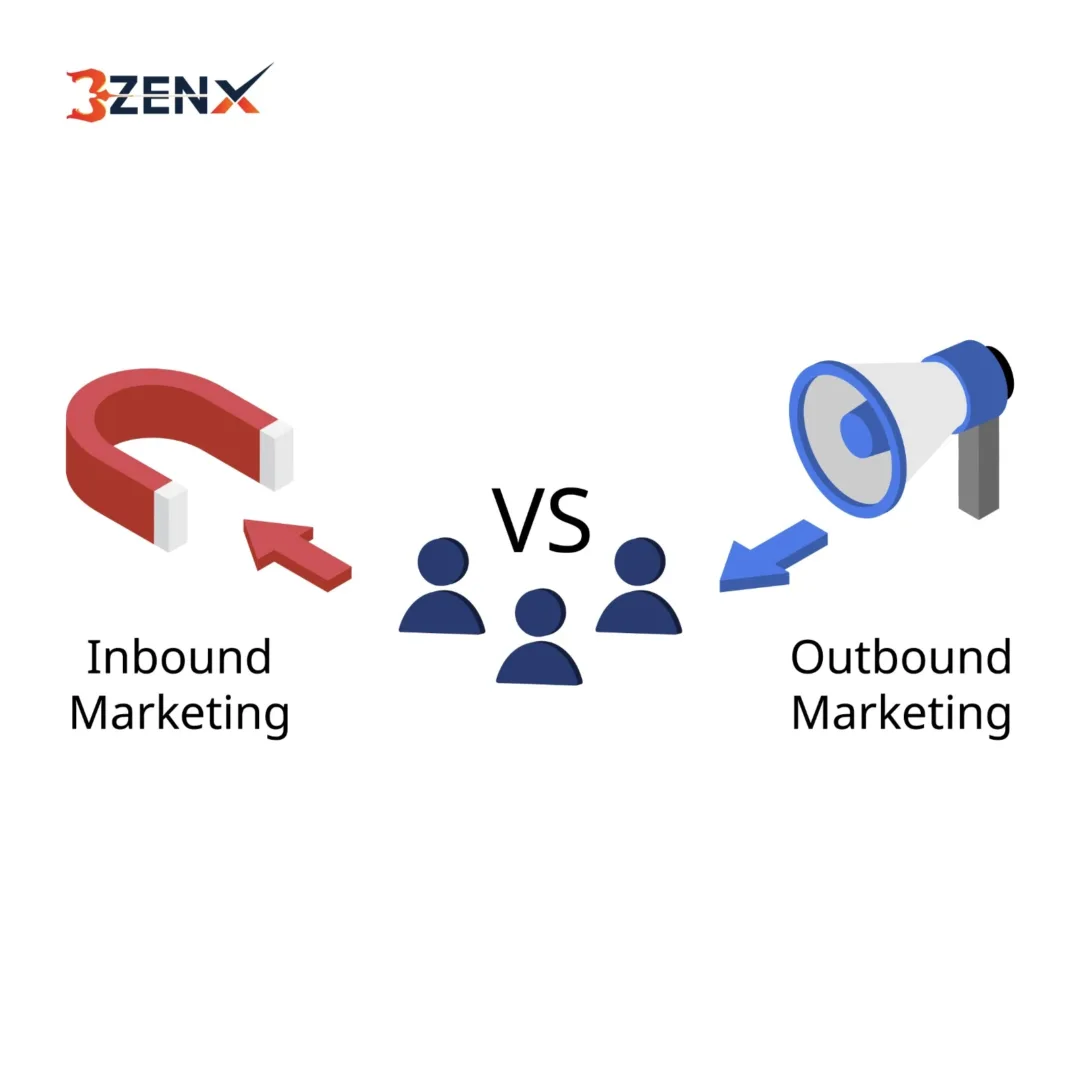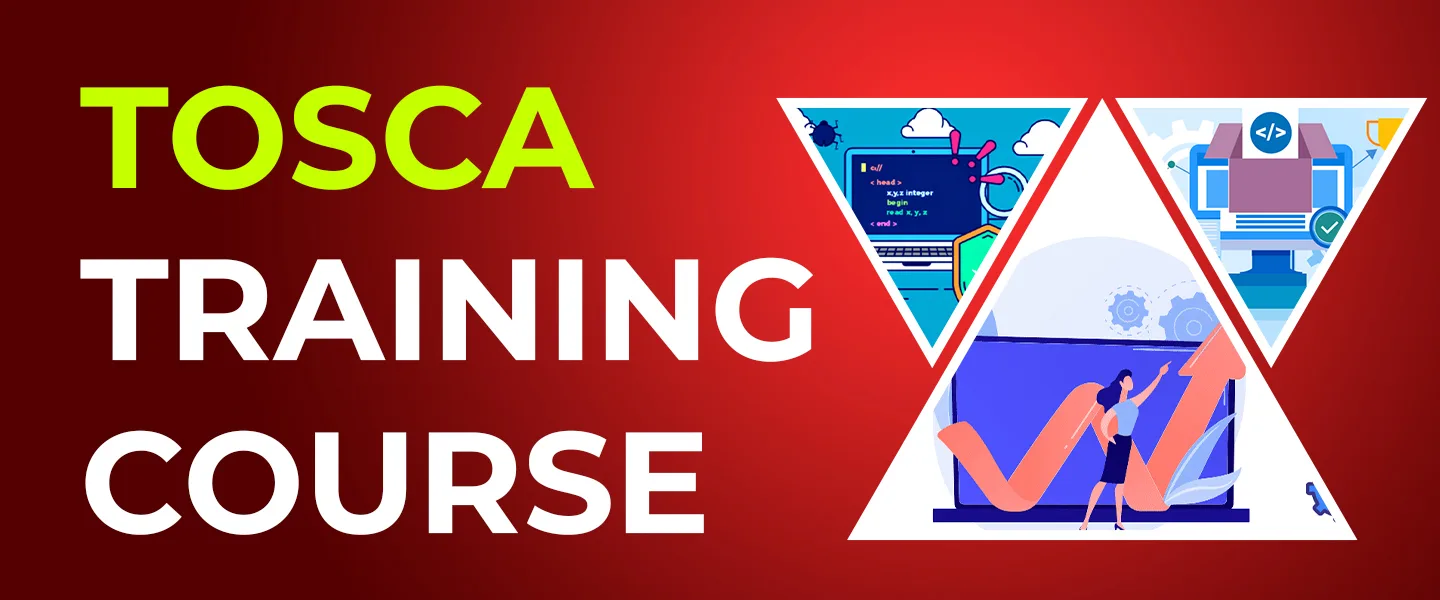Marketing has been changing, and accordingly, the way they purchase goods and associate themselves with brands and businesses are influenced, with such alterations affecting outbound marketing less strongly than inbound marketing because of its uniqueness nowadays.
The inbound marketing approach has transformed the business model from static to dynamic and customer-oriented, hence enabling firms to attract, engage, and delight their prospective buyers/target audience. In contrast, unlike conventional outbound marketing, where one bombards people with advertisements and calls to buy, inbound marketing involves giving them quality content and experiences they willingly come after. The concept behind it is to satisfy the desires and demands of prospective buyers, which will make them buy your product voluntarily, not because they are forced to do so.
Why is Inbound Marketing Important?
This strategy is important due to its alignment with what modern-day consumers do at websites. It aims at developing quality information provision, solving problems, creating trust, and leading to long-term relations. Inbound marketing is cheaper as it organically draws and involves prospects rather than traditional outbound ways. It further utilizes data and analytics to enhance its strategy so that there is proper targeting and a higher return on investment (ROI) as a result of this. This concept of inbound marketing is critical because in a digital age, when the consumer searches for solutions and information about a product or service, companies have to be able to keep up as well as make a connection that creates lead generation towards conversion.
The inbound methodology can be applied in three ways:
- Attract content that creates leads and draws in the right people for content marketing that positions you as a valued advisor.
- Engage: helping them understand the problem in which they are facing, showing that you have a solution, and making it easier for them to come to you since they will see you as an expert.
- Delight: supporting your customers in finding success with your product.
Inbound Marketing vs. Outbound Marketing
There has been a lot of change regarding marketing strategies over the past years as companies keep looking for better ways to connect with their customers. The two main approaches that influence marketing activities include inbound marketing and outbound marketing. Each approach utilises different mechanisms of gaining, turning, and retaining clients. Now, we will look at the traits of either to distinguish and determine why each is valuable.
Inbound Marketing:
1. Customer-Centric Approach: Inbound marketing revolves around attracting potential clients by offering useful content and good visibility on the web. This approach deals with what the audiences will need or want to build a strong foundation of trust and credibility.
2. Content is King: Inbound marketing revolves around creating content. Such media, like blog posts, social media content, videos, etc., educates as well as entertains, and engages the targeted audience. Businesses provide relevant and important content to their target market to be regarded as the authority in particular fields or industries.
3. Permission-Based Communication: Permission is central to inbound marketing. The customers provide voluntary participation in brand communication by, for instance, registering for newsletters, following social network accounts, or subscribing to the content. It gives room for marketing messages to be directed towards audiences who are keen on the products and services offered.

4. SEO and Social Media Optimization: Two aspects of inbound marketing include SEO and SMO. Optimizing content for search engines and use of social media platforms lead to increased online visibility of business and the attraction of organic traffic.
Outbound Marketing:
1. Traditional Interruption Model: External orientation has some similarities with the conventional interruptive approach of outbound marketing. In this case, communication is directed at the masses; it doesn’t ask permission before it is sent to them. These include TV and radio commercials, newspaper adverts as well as telemarketing.
2. Direct Sales and Promotion: Direct selling effort, outbound marketing. They seek the attentiveness of prospective consumers by engaging in different marketing techniques meant to entice them into purchasing goods or services offered.
3. Mass Communication: Outbound marketing entails mass communication. These messages are directed to large masses whose success depends on the general number of people exposed and not necessarily a particular group.
4. Quick Results, Limited Engagement: Outbound marketing may yield faster returns, especially if it involves direct sales. Nevertheless, it may offer little interactivity or sustaining relationships with the clients.
Choosing the Right Mix:
The suitability of a particular marketing strategy depends upon the characteristics of a company in a larger sense, target segmentation, as well as overall objectives of the marketing efforts. Most current marketing strategies combine inbound and outbound aspects, resulting in a complete and balanced marketing mix. Thus, it is important to comprehend the peculiar advantages that are inherent to each method and use them to receive the maximum benefit in the modern world, where the rapidly changing market environment characterizes the state of affairs.
How Is Inbound Marketing Executed?
Inbound Marketing is a customer-centred strategy targeted at attracting, connecting with, and pleasing potential customers through persuasive content. The main concept is about having a compelling magnetism for an online identity and attracting people by instincts. Here’s a breakdown of how inbound marketing works:
- Understanding the Target Audience: Understanding the consumer is how inbound marketing starts. Therefore, businesses have precise buyer persona – which is a kind of imaginary description of their ideal customer. Demographics, interests, and pain points among others are some of the things that have to be taken into account.
- Content Creation: Inbound marketing is built on the foundations of content being its spine. Many different types of content are created by businesses for the sake of their customers including blog posts, articles, videos, infographics, e-books and many others. The content here seeks to give relevant information, respond to the queries posed and overcome hurdles experienced by the target audience.
- Optimizing for Search Engines (SEO): Search engine optimization is a technique commonly used by inbound marketers to make sure the information intended for some specific group targets the correct persons. These include keyword optimization of content, improved site structure, and general boosting of Web presence. It seeks to improve search engine ranking, hence driving organic search traffic.
- Social Media Engagement: With inbound marketing, there is sharing of content using various social media platforms. Interaction through Facebook, Twitter, LinkedIn and Instagram allows companies to extend their reach and develop followers of the brands they represent.
- Lead Generation and Conversion: Inbound marketing seeks to turn site traffic into prospective contacts through offers of free materials instead of personal contact data. Such content may also include downloads such as ebooks, white papers, and webinar registrations. Businesses then nurture these leads by leveraging customised email campaigns, social media marketing as well and other modes of personalised communication.
- Marketing Automation: Inbound marketing is important for an effective marketing process and this involves using marketing automation tools. The use of these tools facilitates automation and simplification of activities involved in email delivery, web tracking, and lead generation through assessment of users’ activity. Businesses can deliver appropriate and relevant messages to leads at every stage of the buying process with automation technology.
- Building Trust and Authority: Selling does not constitute the entirety of inbound marketing; rather, it involves establishing credibility with the market. Through creating a consistent delivery of relevant content that addresses the needs of the audiences, companies become trusted information sources for potential buyers.
- Customer Delight and Retention: In short, beyond initial sales, the inbound methodology. Once a lead has been converted into a customer, the business focuses on creating positive customer experiences that foster consumer satisfaction and retention. Satisfied customers may turn to promoters and they will talk about a company’s services through word of mouth.
- Analyzing and Iterating: Data-driven decisions are also an integral part of inbound marketing. Marketing professionals monitor metrics including website visitors’ activity, conversions, and consumer interactions. They learn from insights derived and keep improving their campaign processes in a cyclical cycle.
A comprehensive strategy, inbound marketing takes prospects from awareness to pleasure at each step of the path.
In summation, inbound marketing becomes key for organic growth which fences the creation of relevant content, Gaining trust, and the response to shifting consumer needs. To survive in the present online market, businesses must focus on customer-centric, quick, and adaptable strategies.



